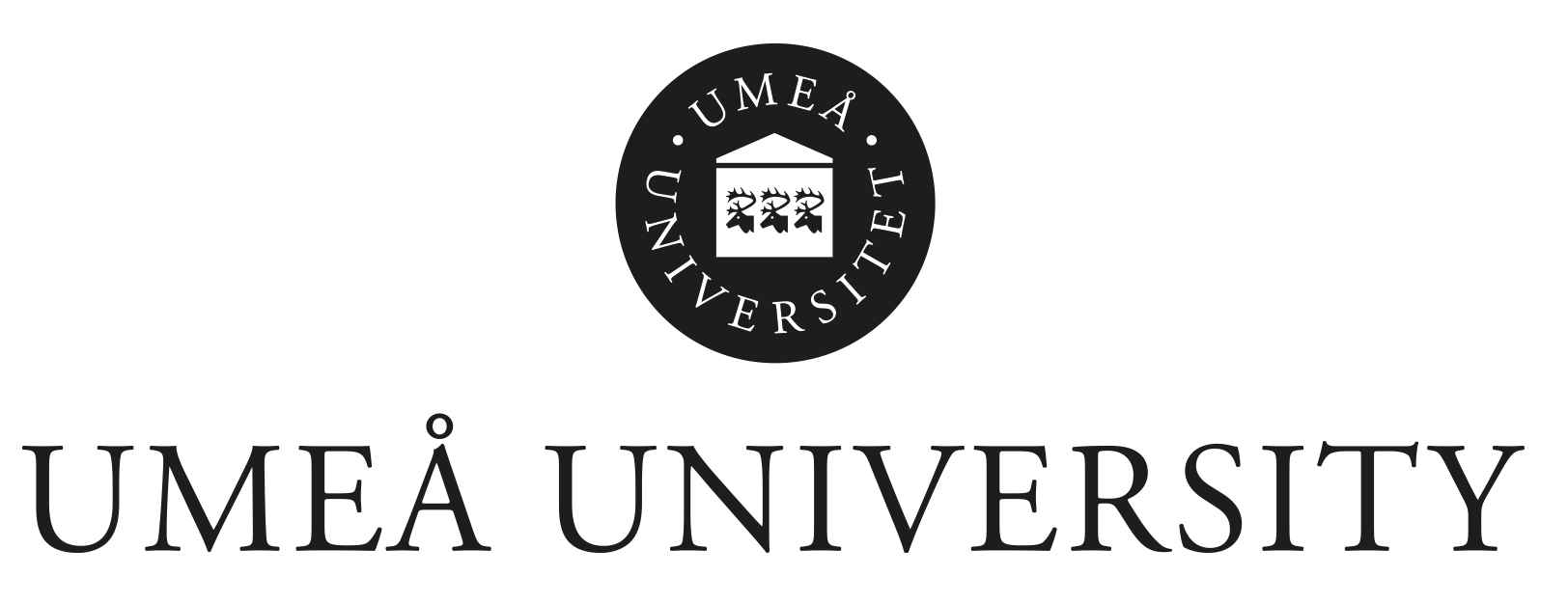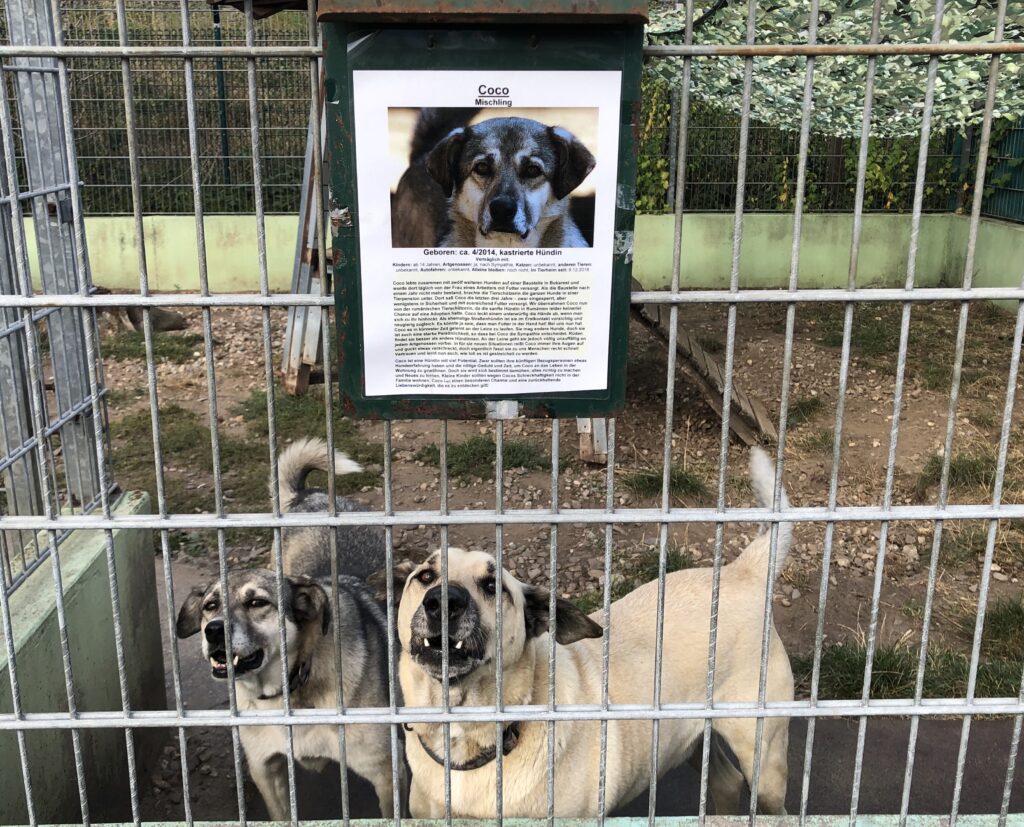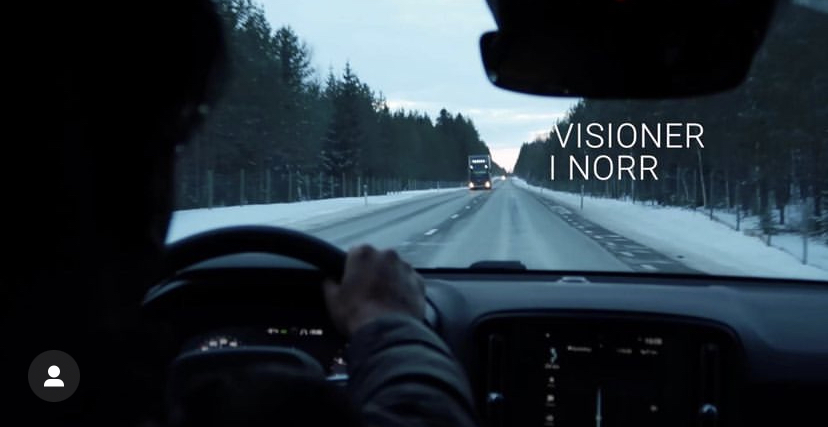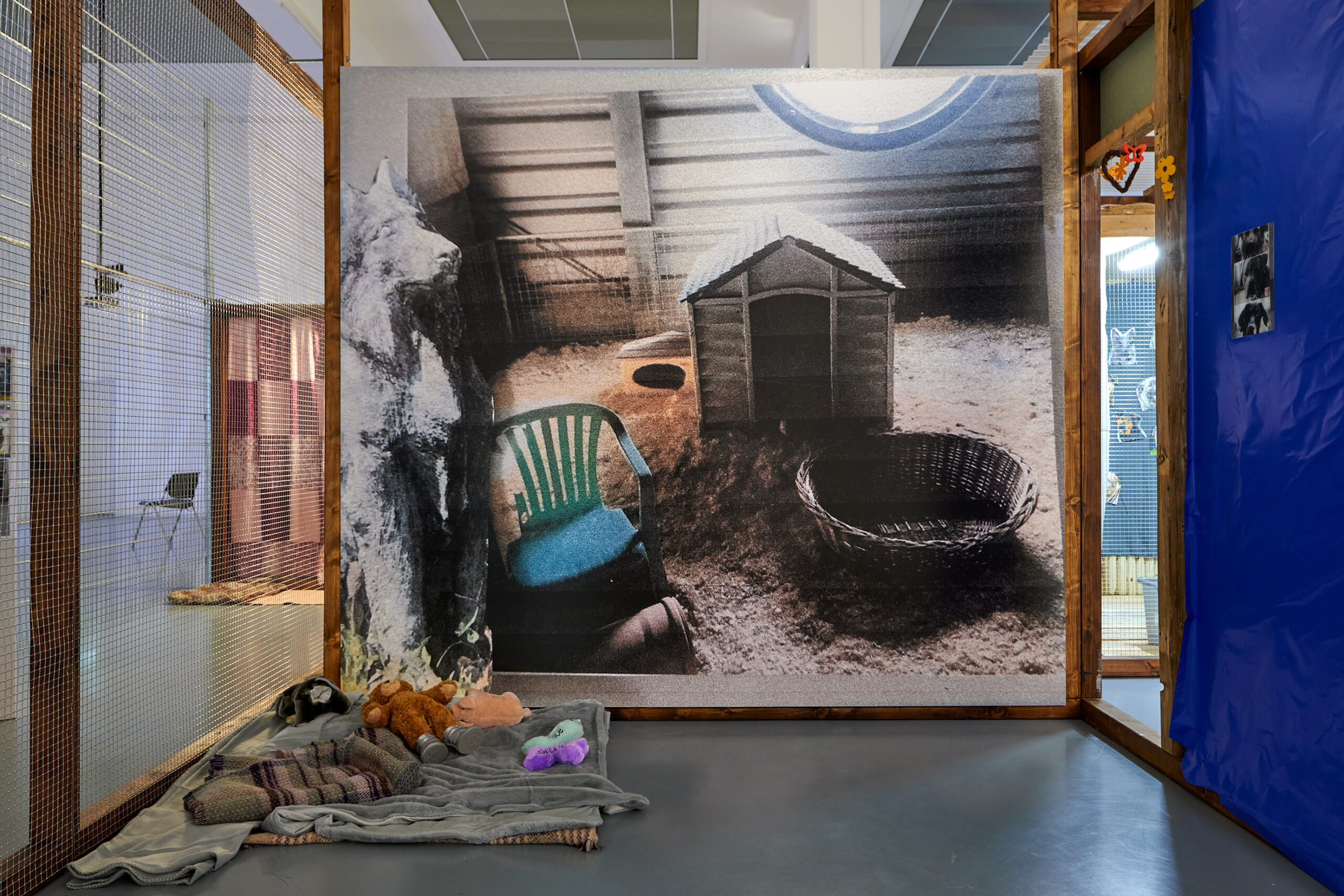The Container and Contained is an artistic research project into how animals navigate human-made architecture and how this impacts upon their social relations. The work is part of a wider series of reflections around dependencies, ethics and tipping points within Annika Eriksson’s practice.
Through this new body of artworks including moving image, installation and discursive events, Eriksson navigates human-animal co-habitation within the strains of an increasingly pressurised and monetised architectural politics of care. Using the animal shelter as a microcosm and site to think through animal-human dependencies, the project is focused on the lines between containment, care and exploitation. The research holds a space of thinking through questions about alternative forms of co-habitation, agency and solidarity between and across kins.
The artworks will consider the built environment of the animal shelter, in particular the purpose-built structure of the Tierheim Berlin, Europe’s largest animal shelter. The process of the research as well as presentations of the visual outcome will be shared and communicated in close dialogue with the UmArts research environment and the animal rights organisation (Djurskyddet) Västerbotten through discussions, seminars and visual presentations.
Research outcomes include a new exhibition at Bonner Kunstverein in 2022 (see below), and a new film produced in Umeå during 2023.
In the Shadows of Tall Necessities
Bonner Kunstverein
10 September 2022 – 30 January 2023
Curated by Annika Eriksson and Fatima Hellberg
Artistis: Wang Bing, Annika Eriksson, Matt Fitts, Ada Frände, Bastien Gachet, Nöle Giulini, Rei Hayama, Marc Kokopeli, Graham Lambkin, Matthew Langan-Peck, Megan Plunkett, Josiane M.H. Pozi, Dani ReStack, Raphaela Simon, Gianna Surangkanjanajai, Yuu Takamizawa and Gérard Traquandi.
“It involves a kind of person who is at the mercy of the world, who can’t quite figure out how to manage. This world now is made for might and ownership. I think you recognise in childhood the strategies that are necessary for being alone or adapting to surroundings, whatever they are. One example being how you go through school, from elementary, to middle, to high, to college, to a job, and you have to be somehow able to figure all that out, the timing and what you have to do to get to the next step. All this takes an understanding of the world based on ancient customs of domination and territory. There are people wandering around who don’t get it.” Fanny Howe
In the Shadows of Tall Necessities is an exhibition which leans into a limping logic. The exhibition has grown out of a long-running preoccupation with the animal shelter as form. The concern is partially focused on the specificity and intimacies of these sites and their non-human and human relations, but above all a structural question of compromised cohabitation. That is, a system of interdependency based both in asymmetry and dysfunction as well as an effort to keep things alive.
Annika Eriksson’s Mission is a newly conceived work abstracting the form of the animal shelter. The shelter is contemplated both as a container focused on care, rescue, even love, and simultaneously connected with (and brought into existence) as a by-product of trauma and neglect.
As part of the show, some works inhabit the structure of Eriksson’s installation, others are semi-autonomous. Megan Plunkett’s The Great Suggestion is a newly realised set of photographs with a tilted-sense of perspective. Propped up on an armchair is a pillow covered in newsprint – headlines run across, one announcing “Vicious man bites dog; community intervenes.” One corner of the photographic image is zoomed out of focus, as if dissolving into abstraction. There is a quality of crisis, unreality and stand-ins of urgency that Plunkett’s work evokes. What The Great Suggestion seems to hint at is less a “suggestion” as such, and more a state of inhabiting a space of fragility, staying put in its unfolding contradiction of hopelessness and hope.



